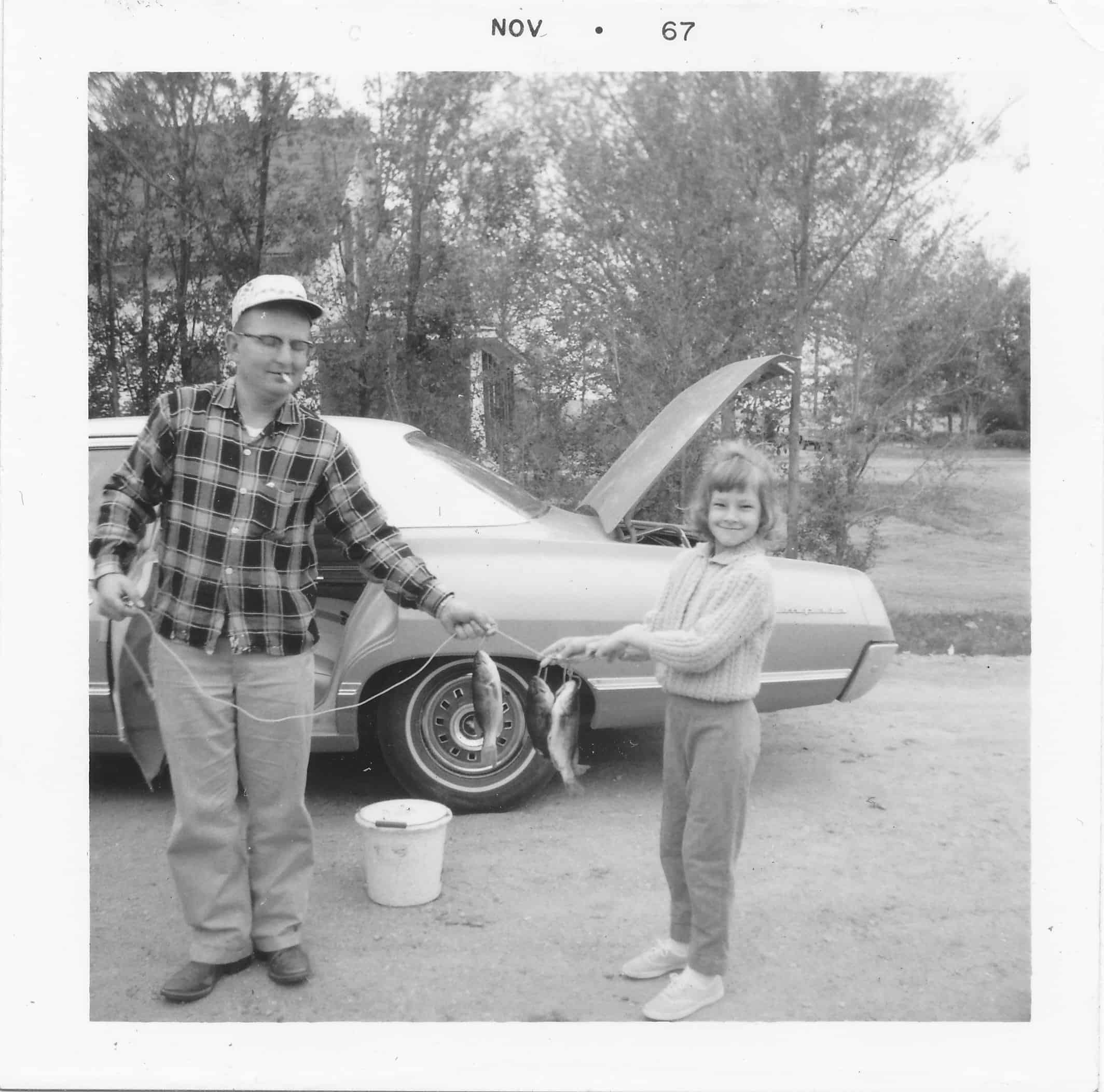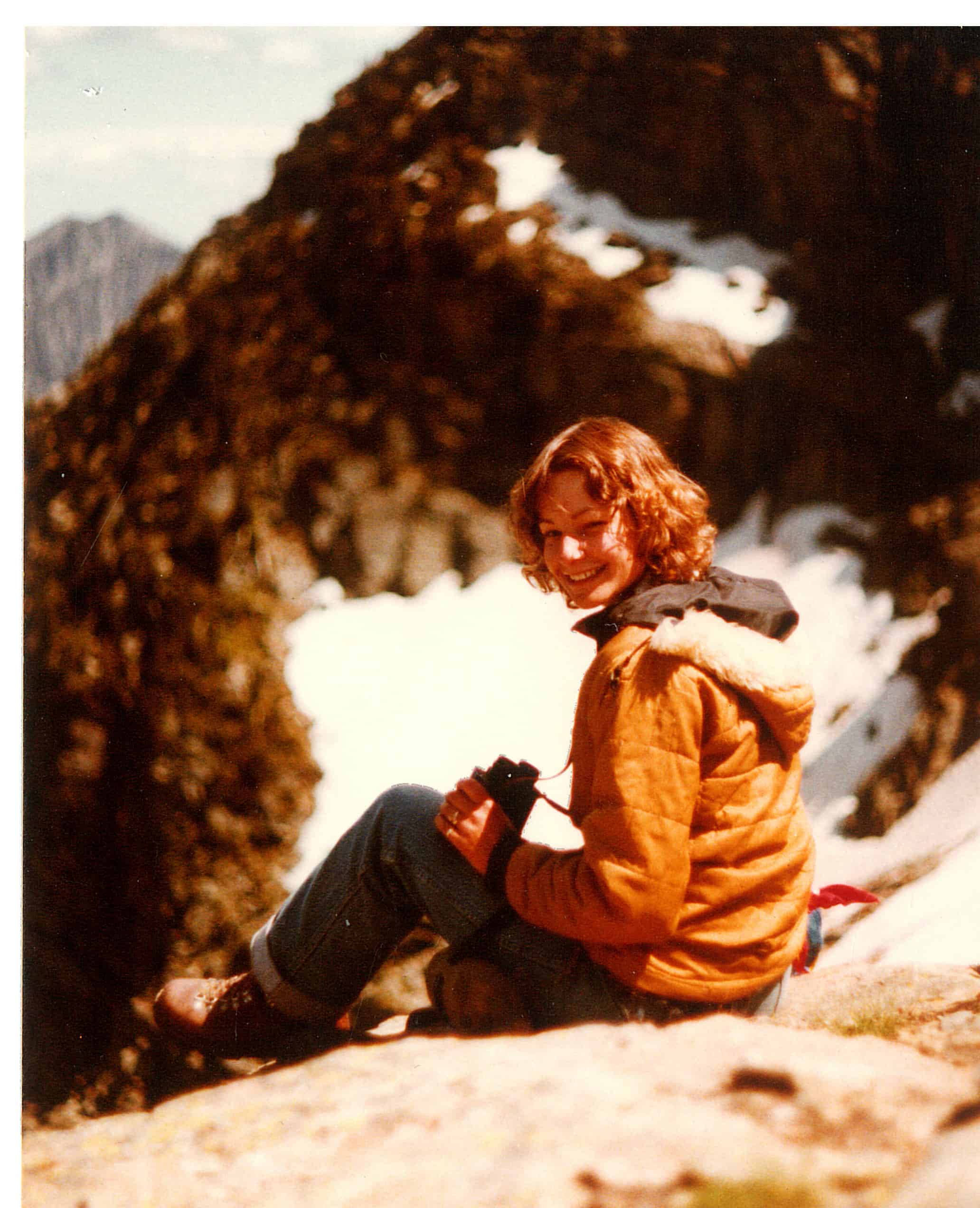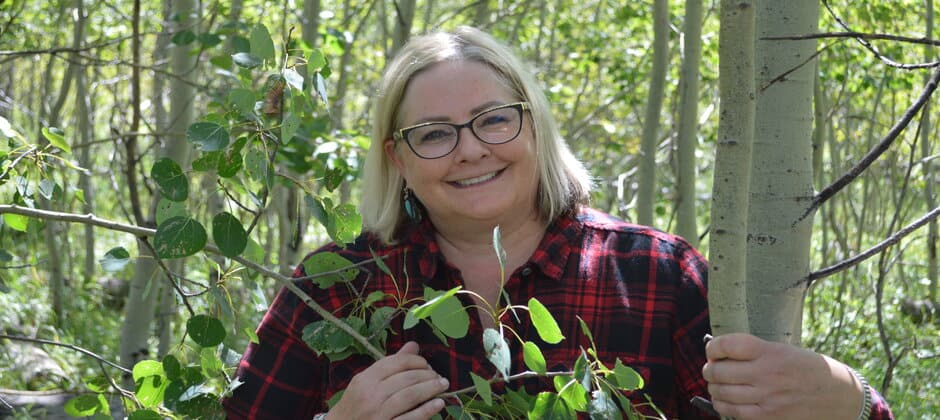Share this article
Wildlife Vocalization: Shelly Deisch
Wildlife Vocalizations is a collection of short personal perspectives from people in the field of wildlife sciences.
I didn’t have a typical pivotal moment when I decided I wanted to be a wildlifer. My pivotal moment was simply being born into this world over 60 years ago. I have always sought an outdoor career as far back as when I was 4 years old. As a child of wonder and curiosity, I often received frustrated looks from my parents. As an inquisitive 5-year-old, I would explore the outdoors during rainstorms and place “drowning” earth worms in my pocket to stay dry. Mom would have to check my pockets before she did laundry to remove the dried spaghetti-like worms from my clothing. I grew up fishing and hunting with my dad and uncles. Never once was I told I couldn’t do something because I was female. This was in an era where few girls and women fished or hunted, and I certainly didn’t know any of them.

Deisch with her Uncle Duke, enjoying the outdoors. Credit: Delores Deisch
In elementary school I read Jim Kjelgaard’s delightful outdoor books, which included “Forest Patrol”, “Chip the Dam Builder” and “Wildlife Cameraman.” Of course, the books were all about outdoor men, but I didn’t care. In junior high, mom helped me comb through the “Career and Occupational Outlook Handbook” for outdoor careers. The only outdoor career that featured a woman was a Forest Service forester. Between Kjelgaard’s books and this featured woman, I pondered pursuing a career as a forest ranger because they got to do everything in the mountains: work in a fire tower, drive a jeep, live in a cabin and have a dog. Life would be grand! But as I watched “Daktari”, “Disney’s Wonderful World of Knowledge,” “The American Sportsman,” “My Side of the Mountain,” “Jacques Cousteau” and the “Mutual of Omaha’s Wild Kingdom,” I realized that critters were my first love, and my second passion was where critters live.

Deisch works on a Montana grizzly project at 21 years old in 1982 in Cabinet Mountain Wilderness, Montana. This study led by Charles Jonkel at the University of Montana, involved glassing hillsides and avalanche chutes for grizzly presence and activity. Credit: Courtesy of Shelly Deisch
At senior high career day, one of the university male professors was from the forestry department. He discouraged me from going into wildlife sciences because jobs were few. When I enrolled in college, I listed “general studies” as my major rather than wildlife and fisheries. After one year of unhappiness, I was determined that no one was going to tell me I couldn’t go into wildlife and I re-enrolled. My undergraduate forestry professor was my mentor and encouraged me to take plant and ecology courses to be a habitat biologist. Sadly, I received little guidance from the wildlife department. If it weren’t for my male graduate field advisor, I would have dropped out of graduate school. As you read this, remember the era during my formative years; 1960’s-1980. There were no female wildlife biologists, naturalists or natural resource professors that I knew of. But because of my upbringing with male role models, I achieved my life path as a wildlife biologist. I thank all the open-minded men in my life and my mother, who always encouraged me.
I never bought a jeep, but I have had gnarly pickups, several canine companions, and better yet, I married a wildlife biologist.
Learn more about Wildlife Vocalizations, and read other contributions.
Submit your story for Wildlife Vocalizations or nominate your peers and colleagues to encourage them to share their story.
For questions, please contact Jamila Blake.
Header Image: Shelly Deisch in a Black Hills, South Dakota aspen stand. One of Shelly’s favorite subjects is aspen restoration, protection and recruitment. Credit: Dr. Gary Brundige








